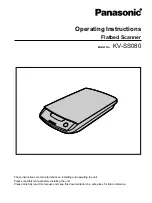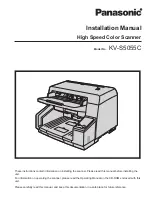
WARNING
Hazard due to lack of effectiveness of the protective device
The intended safety level may not be achieved in the event of non-compliance.
b
For safety functions and safety applications, always use the OSSDs in PNP mode.
The OSSDs are short-circuit proof against 24 V DC and 0 V.
PNP mode (for safety functions)
When the protective field is clear, the OSSDs signal the ON state and the signal level
is HIGH (non-isolated). If there are objects in the protective field or a safe multibeam
scanner error occurs, the OSSDs signal the OFF state with the LOW signal level.
Downstream control elements must evaluate the output signals of the protective device
in such a way that the dangerous state of the machine is safely ended. Depending on
the safety concept, the signal is analyzed by safety relays or a safety controller, for
example.
Prerequisites
Take the following requirements into consideration when implementing safety func‐
tions in PNP mode:
•
The machine switches to the safe state if, at any time, at least one OSSD in an
OSSD pair switches to the OFF state.
•
When using a safety controller: The safety controller detects different signal levels
of the two OSSDs of an OSSD pair (depending on national regulations or required
reliability of the safety function). The maximum discrepancy time tolerated by the
control is selected according to the application.
•
The output signals from an OSSD pair are not connected to each other.
•
The machine controller processes both signals of an OSSD pair separately.
Figure 18: Dual-channel and isolated connection of OSSD1 and OSSD2
PROJECT PLANNING
4
8025936/2021-01-08 | SICK
O P E R A T I N G I N S T R U C T I O N S | scanGrid2 I/O
29
Subject to change without notice
















































